
|
|

|
All Questions Topic List |
GeometryQuestion and Answers: Page 56 |
Question Number 139973 Answers: 3 Comments: 1
|

|
Question Number 139967 Answers: 1 Comments: 0
|

|
Question Number 139957 Answers: 1 Comments: 4
|

|
Question Number 139840 Answers: 1 Comments: 1
|
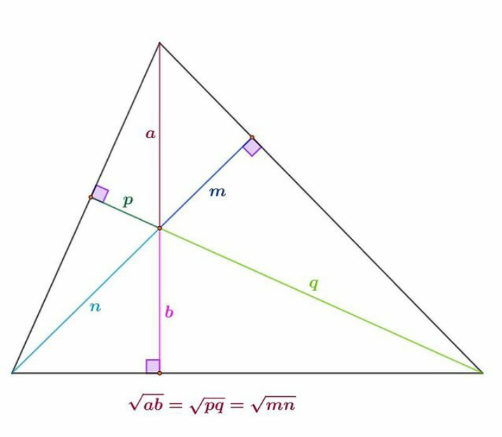
|
Question Number 139756 Answers: 1 Comments: 0
|

|
Question Number 139649 Answers: 1 Comments: 1
|
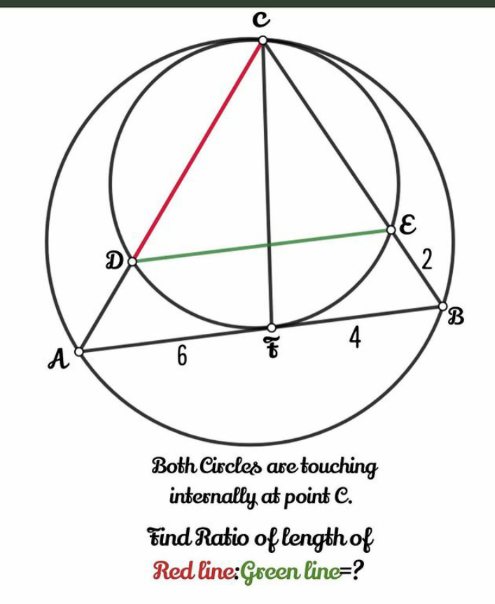
|
Question Number 139545 Answers: 1 Comments: 0
|

|
Question Number 139388 Answers: 1 Comments: 0
|

|
Question Number 139383 Answers: 0 Comments: 0
|

|
Question Number 139328 Answers: 2 Comments: 1
|

|
Question Number 139254 Answers: 1 Comments: 0
|
| Given a convex hexagon ABCDEG
satisfy: AB=BC, CD=DE, EF=FA.
Suppose △ACE is a right triangle.
(((BC)/(BE))+((DE)/(DA))+((FA)/(FC)))_(min) =?
|
|
Question Number 139090 Answers: 0 Comments: 0
|
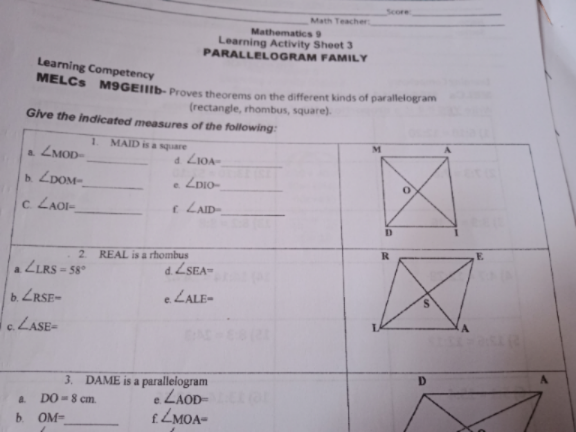
|
Question Number 138661 Answers: 0 Comments: 3
|

|
Question Number 138658 Answers: 1 Comments: 2
|
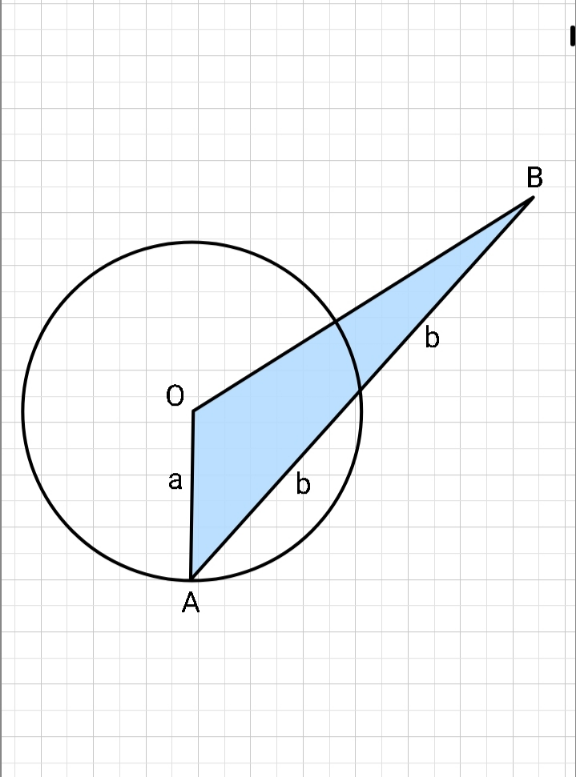
|
Question Number 138554 Answers: 1 Comments: 0
|

|
Question Number 138519 Answers: 0 Comments: 2
|

|
Question Number 138401 Answers: 0 Comments: 5
|

|
Question Number 138386 Answers: 1 Comments: 1
|

|
Question Number 138175 Answers: 1 Comments: 1
|
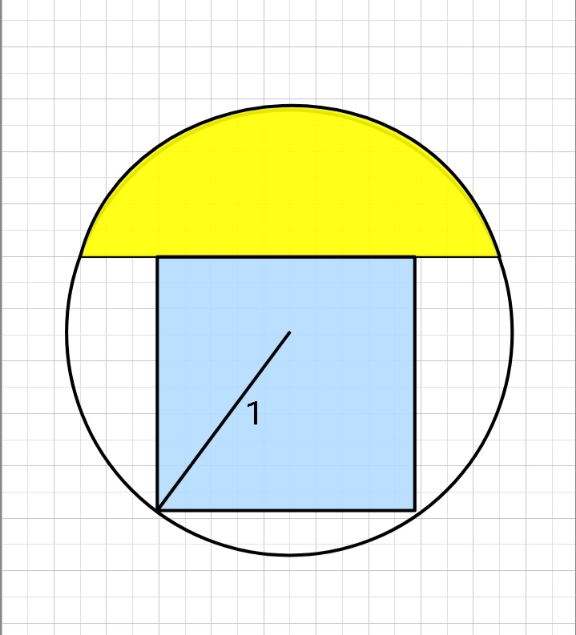
|
Question Number 138089 Answers: 1 Comments: 1
|

|
Question Number 137893 Answers: 2 Comments: 0
|

|
Question Number 137858 Answers: 0 Comments: 2
|

|
Question Number 137732 Answers: 1 Comments: 0
|
| the ratio of the interior angle
to the exterior angle of a
regular polygon is 5:2. Find
the number of sides of the
polygon.
|
|
Question Number 137327 Answers: 1 Comments: 0
|
| in triangle ΔABC: BC=1, ∠B=2∠A.
find the maximum area of ΔABC.
|
|
Question Number 137314 Answers: 1 Comments: 1
|
|
The diagonals of a convex quadrilateral divide the area into A, B, D and C (numbered clockwise) such that A/B = C/D. Does this theorem have a name?
|
The diagonals of a convex quadrilateral divide the area into A, B, D and C (numbered clockwise) such that A/B = C/D. Does this theorem have a name?
|
Question Number 137088 Answers: 0 Comments: 0
|

|
Pg 51
Pg 52
Pg 53
Pg 54
Pg 55
Pg 56
Pg 57
Pg 58
Pg 59
Pg 60
|
Terms of Service |
Privacy Policy |
Contact: info@tinkutara.com |












































